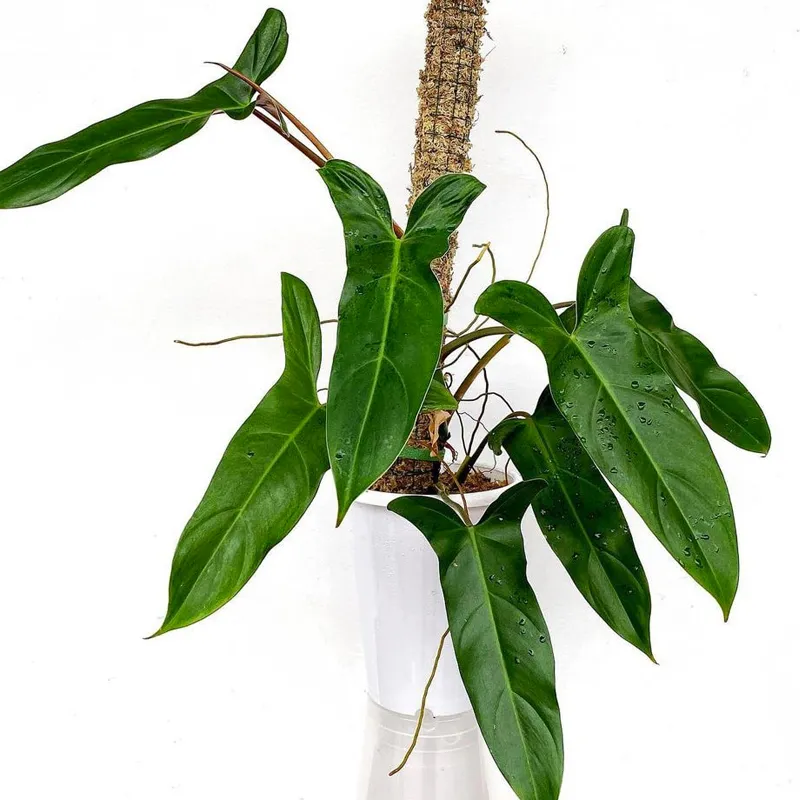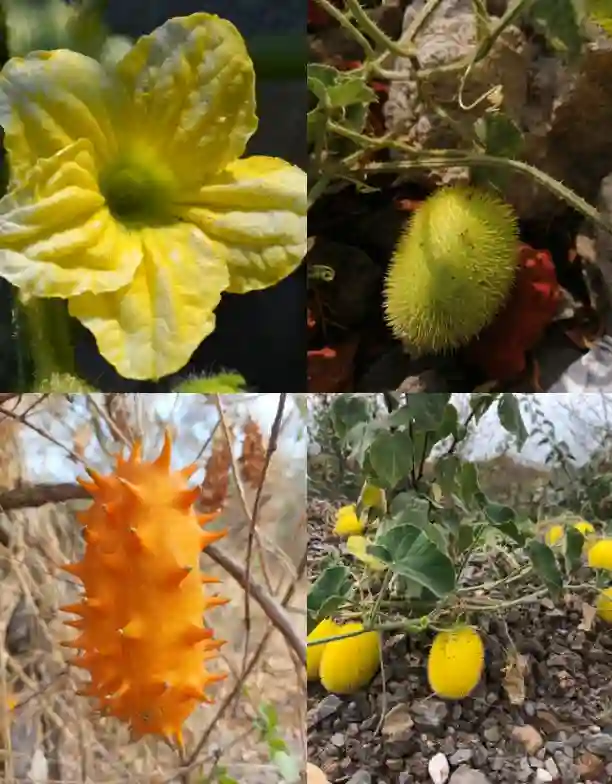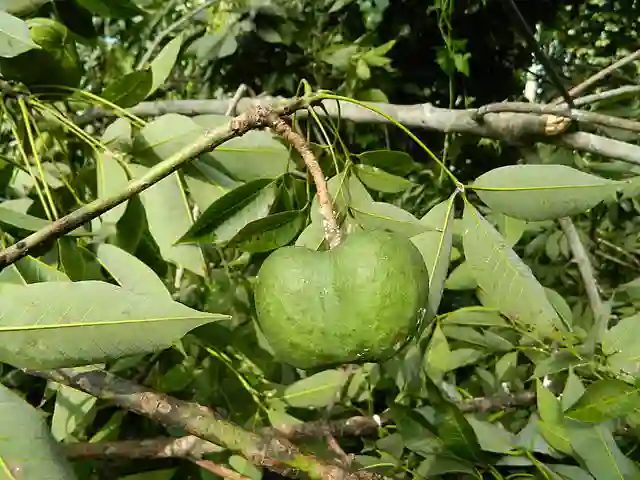Exploring the Amborellaceae Plant Family
When I first encountered the Amborellaceae family, it was like stepping back in time. This plant family is often referred to as a “living fossil” because it represents one of the oldest lineages of flowering plants on Earth. With just one single species, Amborella Trichopoda, the Amborellaceae family stands out in the plant kingdom for its evolutionary significance.
The Unique Evolution of Amborellaceae
The Amborellaceae family is native to New Caledonia, a remote island in the South Pacific. Its isolation contributed to its survival while many other ancient species went extinct. As the sole surviving genus of its family, Amborella is invaluable to understanding the history of angiosperms (flowering plants). In fact, scientists believe it is one of the most primitive flowering plants, providing a window into how angiosperms first evolved.
I find the story of Amborellaceae fascinating because it’s like a botanical time capsule, preserved through millions of years. The plant family diverged early from other angiosperms, and studying it gives us a glimpse into the form and structure of early flowering plants.
The Genera in the Amborellaceae Family
Interestingly, the Amborellaceae family consists of only one genus—Amborella. Within this genus, there is a single species: Amborella trichopoda. This rare simplicity is what makes the family both intriguing and significant from a scientific perspective.
Amborella trichopoda is an evergreen shrub that grows up to 8 meters tall in the montane rainforests of New Caledonia. It has small, inconspicuous flowers without petals, unlike the vibrant, colorful blooms that we typically associate with flowering plants. The simplicity of its reproductive structures sets it apart from most modern plants, offering a look at what ancient flowering plants might have been like before they diversified.
Amborella’s Role in Plant Evolution
What drew me deeper into the study of Amborellaceae was its evolutionary importance. Scientists often use Amborella as a reference point when studying the evolution of flowering plants. Amborella trichopoda lacks many of the features found in more modern angiosperms, such as vessel elements in its xylem, which most flowering plants use to transport water. Instead, Amborella uses more primitive tracheids for water transport, similar to gymnosperms (non-flowering plants like conifers).
In terms of genetics, Amborella has also provided insights into the early development of plant genomes. The sequencing of its genome revealed a unique duplication event that took place around 200 million years ago, which may have been critical in the diversification of angiosperms. For me, learning about this gave me an appreciation of how much Amborella has to teach us about the evolutionary history of all flowering plants.
Amborellaceae in Modern Botany
Today, Amborella trichopoda is highly valued not just for its rarity, but for its contribution to botanical research. Its limited geographical distribution and specialized habitat make it vulnerable to environmental changes, but its scientific significance has motivated conservation efforts. I think protecting plants like Amborella is crucial for preserving a living piece of our planet’s evolutionary past.
As a botanical enthusiast, I see Amborellaceae as an enduring symbol of nature’s resilience. Despite being ancient, it has survived in the isolated ecosystems of New Caledonia, adapting just enough to thrive in its niche. This plant isn’t just a curiosity; it’s an essential part of the story of how life on Earth evolved.
The Importance of Amborellaceae in Ecology
Another reason I find the Amborellaceae family compelling is its ecological role. As a primitive angiosperm, Amborella has distinct interactions with its environment. While its flowers may not be as showy as other plants, they still attract pollinators, mostly small beetles and flies. These relationships are reminiscent of ancient pollination systems before bees became the primary pollinators for many plants.
Additionally, Amborella plays a role in stabilizing the ecosystems in New Caledonia’s rainforests. Its deep roots help prevent soil erosion on the steep mountain slopes, and its dense foliage provides shelter for various forest creatures. Understanding how this ancient plant fits into its environment has given me deeper respect for the interconnectedness of plant species and their ecosystems.
Why Amborellaceae Matters Today
From an evolutionary perspective, Amborellaceae is a key piece of the puzzle. Its survival and its ancient characteristics give scientists a living example of the transition from non-flowering plants to the vast diversity of flowering plants we see today. The Amborellaceae family is particularly significant for evolutionary biologists, as it bridges the gap between modern angiosperms and their primitive ancestors.
For me, studying Amborella has expanded my understanding of plant evolution and the importance of preserving biodiversity. While it might seem like a small, inconspicuous shrub at first glance, Amborella trichopoda is one of the most remarkable plants alive today. It’s a living link to our planet’s ancient past, and that makes it priceless in my eyes.
Conclusion: A Living Fossil Worth Protecting
The Amborellaceae family may be small, but its impact on the world of botany is massive. I believe that as we learn more about Amborella trichopoda, we gain not just knowledge about the history of plants, but also a better appreciation of the complexity and beauty of nature. Protecting this plant means preserving a living piece of Earth’s evolutionary story.
For any plant enthusiast or evolutionary biologist, the Amborellaceae family is a fascinating chapter in the story of life on Earth. And for me, it’s a reminder of how much there still is to learn from the natural world.
If i die, water my plants!



